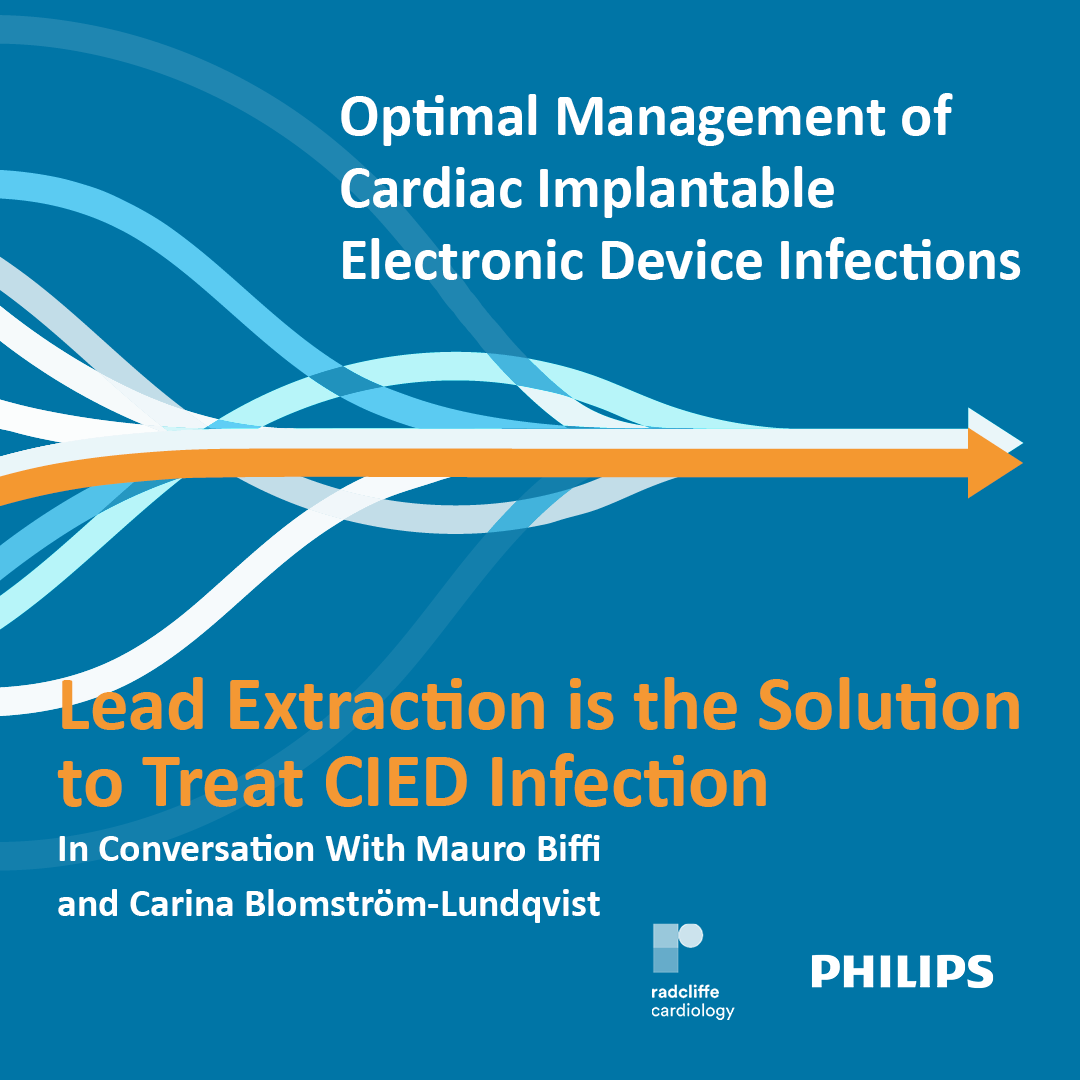
Infection of a cardiac electronic implantable device (CIED) is a rare, but serious complication. We now know that, because of the appearance of biofilm on implants, these infections cannot be treated by antibiotics alone. As such, Worldwide Cardiac Society guidelines recommend complete system removal of all hardware, including the leads, when an infection is present. Although the guidelines are clear, too many patients continue to not get the appropriate treatment. Why is that? Mauro Biffi and Carina Blomström-Lundqvist, both experts in the field of lead extraction, see a lot of patients fall through the cracks. They discuss why and what the consequences are of not extracting in time but also: what is the recommended care pathway to improve the outcomes.
This series is supported by Philips.

This series is supported by Philips.



This series is supported by Philips.

This series is supported by Philips.

This series is supported by Philips.

This series is supported by Philips.

This series is supported by Philips.

This series is supported by Philips.

This series is supported by Philips.

This series is supported by Philips.



This series is supported by Philips.

This series is supported by Philips.

This series is supported by Philips.





